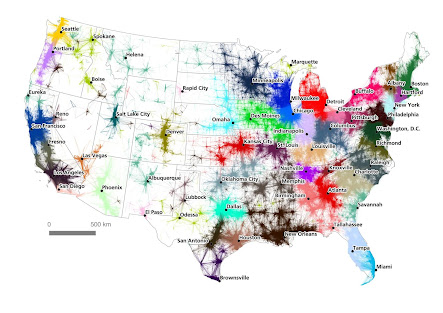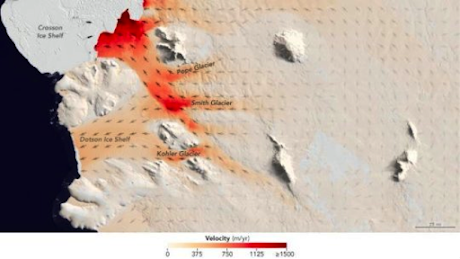When Big Data Doesn’t Tell The Whole Story – Megaregions And Commuting

It’s tempting sometimes to think that we can grab all the lovely data lying around, feed it into a computer algorithm and then get results that magically tell us something new and amazing. That though is the tired data scientist’s fantasy – and thinking about problems that way doesn’t really help solve them! We’re always going to need what’s now being called “domain expertise” in data science circles – that deep understanding of your subject and the expertise that lets you understand when data is valuable, what insights really are insights and when to use the data scientist’s vast array of tools. A study that was published in PLOS One today is a perfect example of how a data scientist typically works through problems in the clean tech space – together with all the associated complications. The question that was asked in this study was this – “Can I use data about how people commute to understand which regions are economically dominant – that is megareg...

